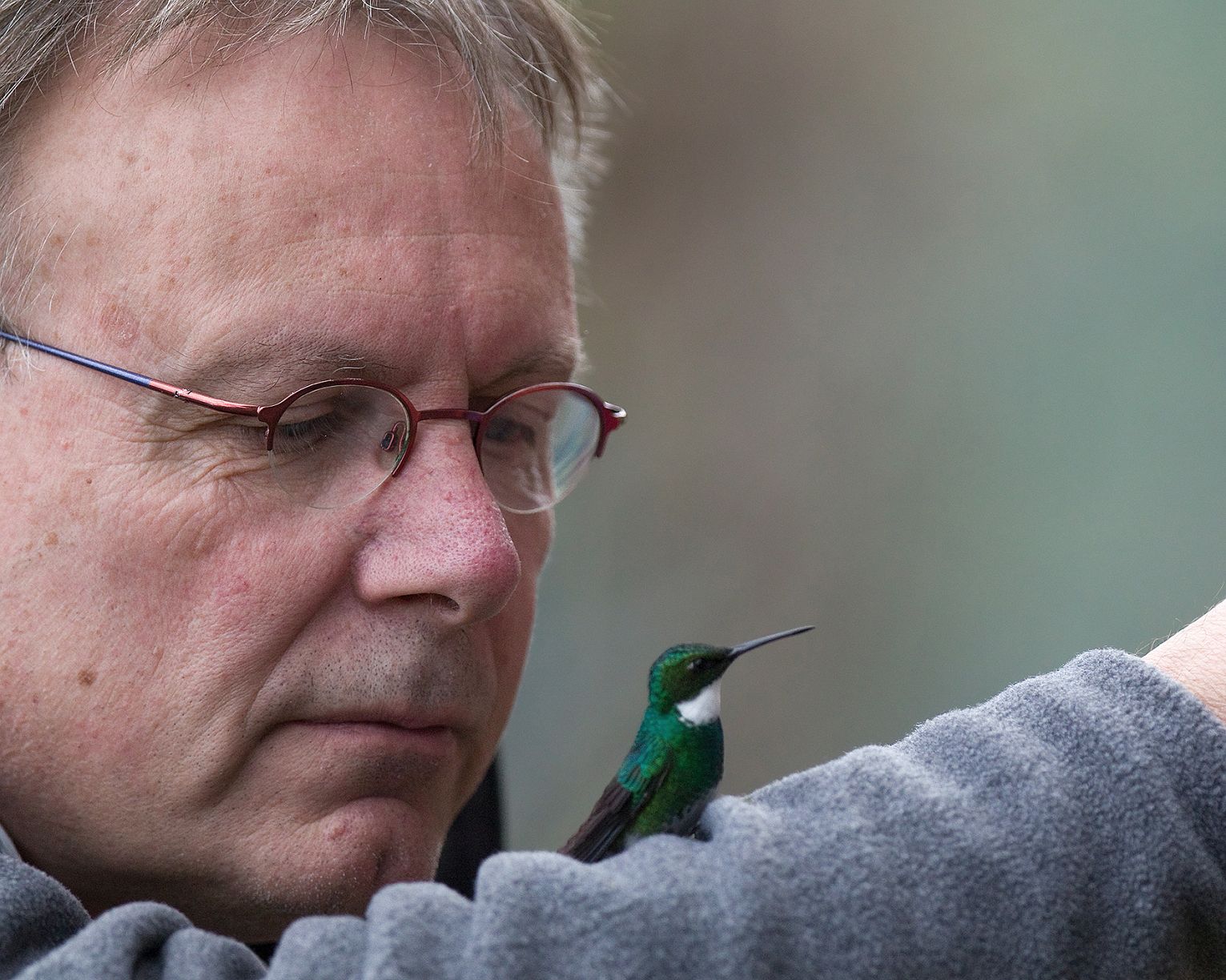
Date of birth: 22nd of February 1952
How did you become passionate about nature photography?
Since I was a child I always loved to be out in nature and wanted to capture the beauty of what I saw. I became interested in photography through my mother and started in my teenage years when I got my first camera, a Konica C35. When I started to not only capture what I saw but what I felt, I got an insight into my inner self and nature photography became a guide on my path in life.
What do you take with you on a photo shoot?
Equipment: Canon 1DX and Canon 1DX Mark II bodies; 16-35mm, 24-70mm, 100mm macro, 70-200mm, 300 and 500 mm lenses; 1.4 and 2.0 extenders; ND filters 3 and 9 stops; every now and then flash equipment Canon 580 EX and 600 EX II-RT + better beamer, tripod and monopod; sound recording device
What subject do you prefer to photograph and why?
My interests are wide, since my youth I have always been interested in birds in particular, though mammals play an important role as well these days. My main interest is to photograph the essence of what I see and feel in nature. For that reason I use impressionistic and abstract styles as well. As a consequence I make images of the inner landscape as well.
What is your favorite nature preserve?
I do not actually have a favorite as different places in the world have different unique elements. However, in recent years I have often travelled to Africa and in particular to Marataba (SA) to explore this beautiful private concession within Marakele NP. I have given Capture Earth workshops there in collaboration with other photographers, it is a precious place for me in Africa.
What is your favorite shooting position?
Well, as I am using a wheelchair I frequently use that on many occasions, but a jeep/car and boat are preferred giving me more freedom to move around. The favorite shooting position depends on the subject and place, my wheelchair is great in hides and shooting starling flocks for example in the open. A boat is great for exploring rivers in the amazon or photographing herring gulls in Norway flying above, while a jeep is mandatory in Africa. Actually all positions have something special, it is great to see what the options are under certain situations instead of opting directly for a given position.
Which nature photographer do you admire?
My favorite is Vincent Munier, who prefers pristine nature and captures the mystical element of nature, often in a minimalistic and elegant way. Besides a great photographer he is also a great human being and I felt honored to give a Capture Earth workshop together with him.
What quality must a nature photographer absolutely have?
We are so much guided or confused by so-called rules that I hope that each nature photographer can be her or himself and capture what makes their own heart tick and fill themselves with joy. In that, the images will reflect the inner self in a unique way.
Which light situation do you prefer?
I actually adapt to the light. For impressionistic or abstract images low light conditions are typically preferred, but if not present I use ND filters to achieve low shutter speeds (1 – 1/30 s). In harsh light I tend to go for Black and White, I play with high and low key but of course soft morning or evening light is very much appreciated. In dark forests sometimes flash is needed to capture fast moving hummingbirds, but these days with camera’s that work comfortably with 10.000 ISO or beyond, I prefer natural light.
Which setting do you prefer: Manual-Aperture Priority-Shutter Priority?
This depends on the situation, if possible I prefer manual in general to have full control, but if light conditions are changing continuously during cloudy days or early and late in the day or if unexpected things can happen from unpredictable angles, I use aperture priority. When making impressionistic/abstract images I use shutter speed priority.
In percentage terms how much time do you take to create an image and to process the image?
Sometimes an image can be in my mind for years. Often I work several days to capture a given animal in the right setting. Processing an image can take anything between 2 minutes to hours in special cases, especially to fine tune luminosity for instance. To get the right feeling with an image in a non-figurative setting, small changes are extremely significant. More and more presets are fortunately becoming available, which is very useful to explore the option space as I am not a processing expert.
Which processing program do you use?
I use Lightroom and Photoshop.
Do you have any advice for future nature photographers?
Good advice for starting nature photographers is to explore the guidelines from others for the initial phase, learn from website communities, but experiment asap with many different settings and search for what you like best. Share and talk with others 🙂. For photographing animals studying the behavior (books and practice) comes first, if a nature guide for a given area is available this will be of great help. Take a look at other art forms, for instance famous painting styles to get yourself inspired.
You can find out more about Jan van der Greef on his website: https://www.janvandergreef.com/